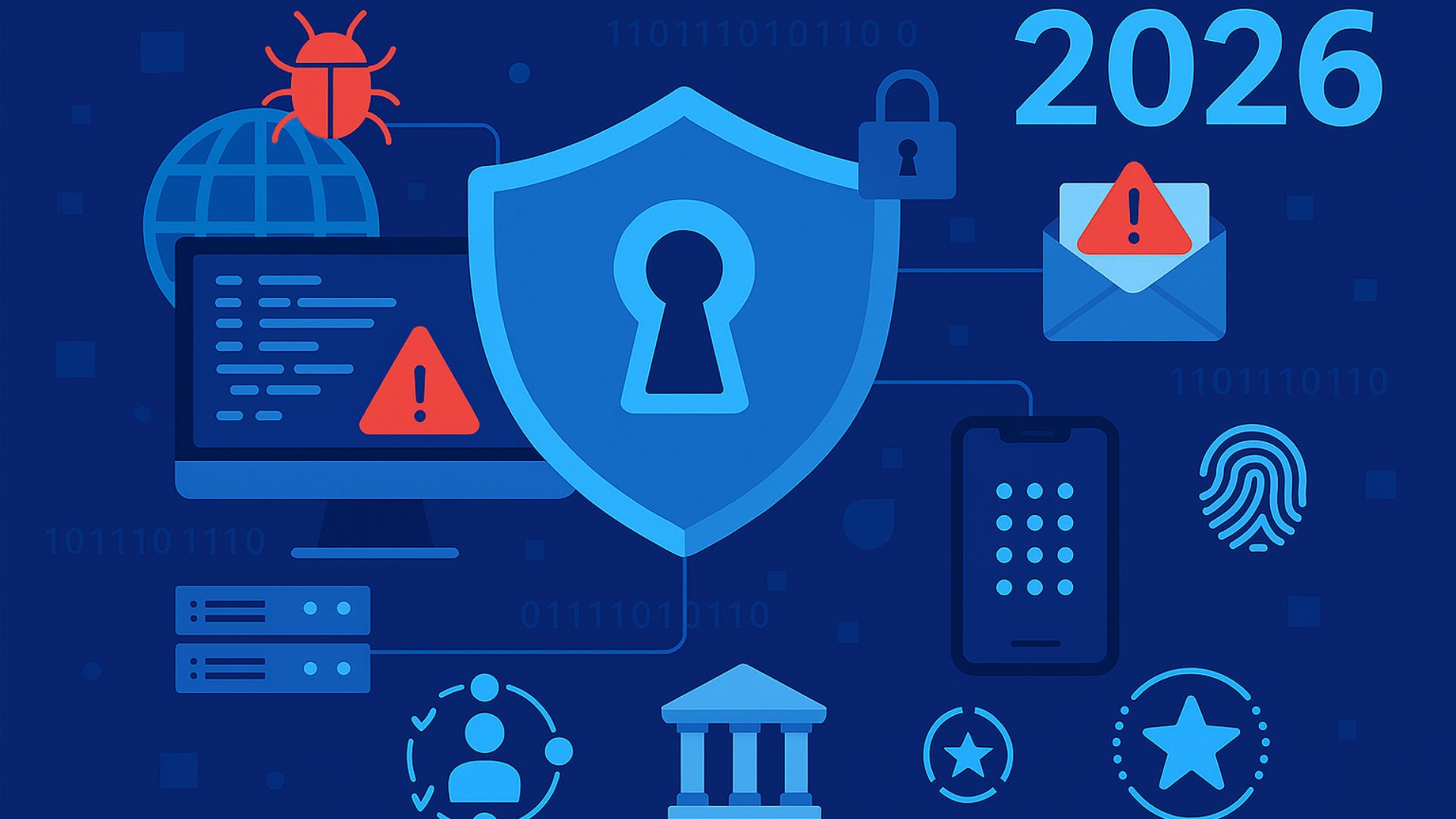Editor’s note: This is the first part of a series of articles diving into why it’s important for MSPs to understand their audience when creating content. Read Part 2 here.
“Understand your audience,” is a phrase tossed around so often it’s practically sacred in the marketing hymnal.
But what does it really mean, and why does everyone preach it like the gospel? More importantly, how does understanding your audience become the foundation upon which all other community-building efforts are built?
The Complete Strategy
It’s not an easy task to master the art of organic social media. Here are some tips that can help MSPs build a community around your brand:

Scott Danish
- Understand Your MSP’s Audience: Research and develop a deep understanding of your target audience’s needs, preferences, and challenges. This will guide the creation of content that truly resonates with them.
- Content Relevance and Quality: Produce high-quality content that is relevant and useful to your audience. This could be through sharing insights, trends, or solutions that address specific industry problems.
- Consistent Engagement: Regularly interact with your audience by responding to comments, participating in conversations, and acknowledging their feedback. This activity can build a loyal community.
- Platform Specific Strategies: Tailor your approach for each platform based on its strengths and the user preferences. For instance, LinkedIn is great for thought leadership articles and company news, while Instagram can be used for more visual storytelling and behind-the-scenes content.
- Community Building Initiatives: Implement initiatives like live Q&As, webinars, or online forums that encourage interaction and discussion among community members.
- Monitoring and Analytics: Regularly track and analyze the performance of your content to understand what works and what doesn’t. This data will help refine your strategy and content plan.
The First Commandment of Marketing
Knowing your audience isn’t just about identifying who they are. It’s digging deep into the psychological, professional, and even personal trenches of those who might buy your tech product.
It’s not enough to say, “Our audience includes IT managers and CTOs.” That’s like saying you understand cuisine because you’ve eaten at a restaurant.
True understanding comes from grasping who they are, what drives them crazy in the middle of the night, what solutions they dream of, and what keeps them scrolling through LinkedIn instead of paying attention in yet another Zoom meeting.
The What, Why, and How of Audience Insight
Here are three steps you can take to determine the makeup and needs of your audience:
- What They Do: Start with the basics. What does a day in the life of your audience look like? Which tools do they use? What challenges do they face daily? If you’re marketing a cybersecurity solution, know what makes IT directors tick—and what ticks them off.
- Why They Care: Next, move beyond the professional. What motivates your audience? Are they more driven by fear (of data breaches, for example) or ambition (like mastering the latest in AI)? Understanding these emotional triggers can transform your content from “just another tech ad” to “the solution they’ve been waiting for.”
- How They Consume Content: Now, consider how they absorb information. Do they prefer detailed whitepapers, live demos, quick TikTok videos, or sarcasm-laced blog posts? Don’t dump information but make it resonate in the format they prefer.
The Irony of Audience Analysis
Diving into data about your audience can seem tedious. But here’s a secret: This isn’t just a chore, it’s your biggest competitive advantage.
Imagine crafting content that speaks directly to the time-starved CTO who values humor and brevity. Or developing a campaign that directly addresses the pain points of IT managers dealing with remote workforce issues.
By tailoring your message to the specific preferences and needs of your audience, you’re not just another noise in the echo chamber. You’re the voice that cuts through the cacophony.
Scott Danish is CEO of BayCreative, an award-winning San Francisco-based creative/branding/marketing agency for B2B high-tech clientele. Download the company’s complete list of customer story interview questions, developed by creative and messaging experts at BayCreative. For more support, set up a meeting with Danish.
Image: iStock













